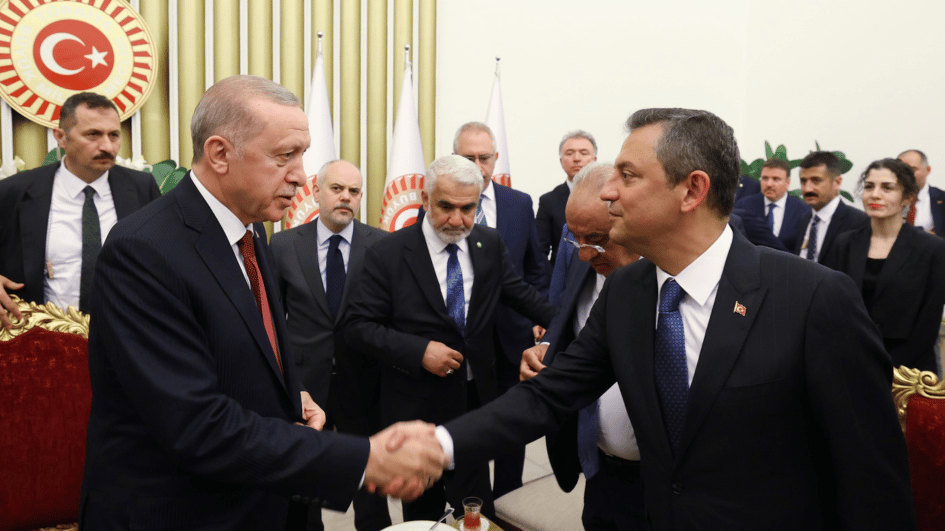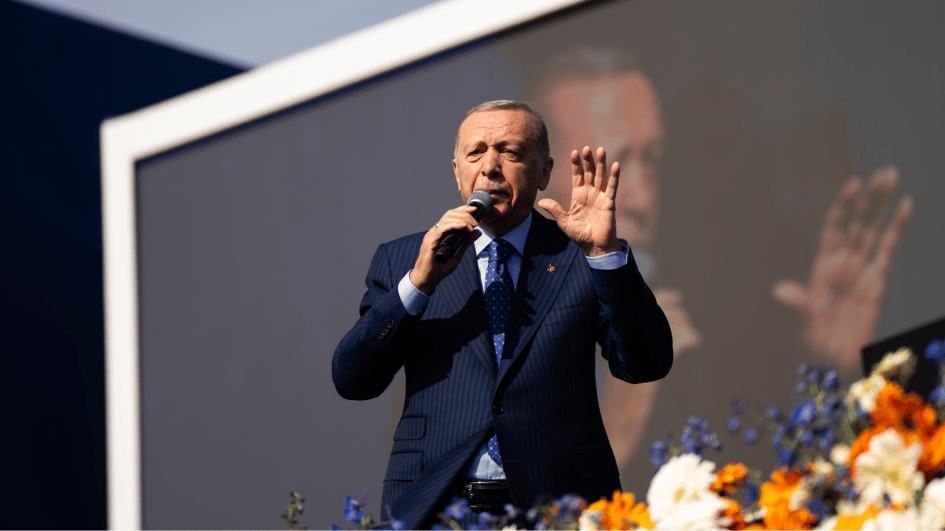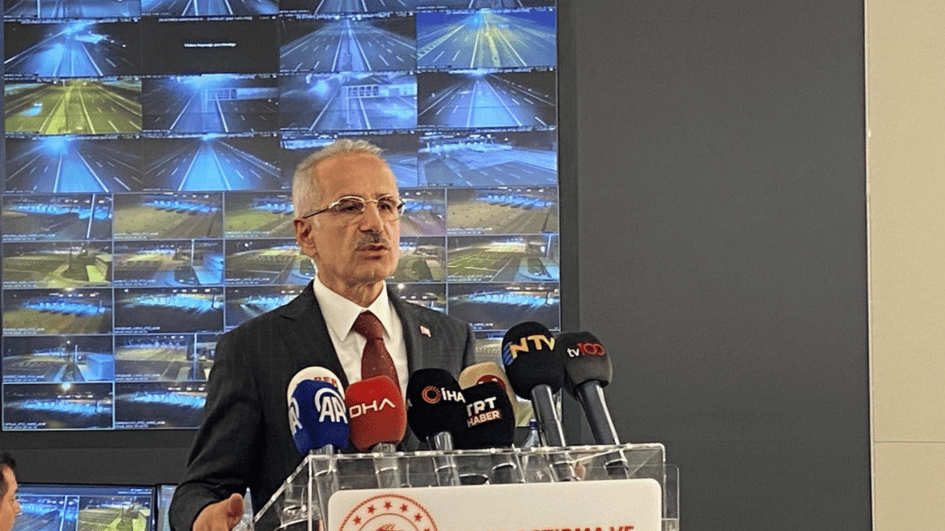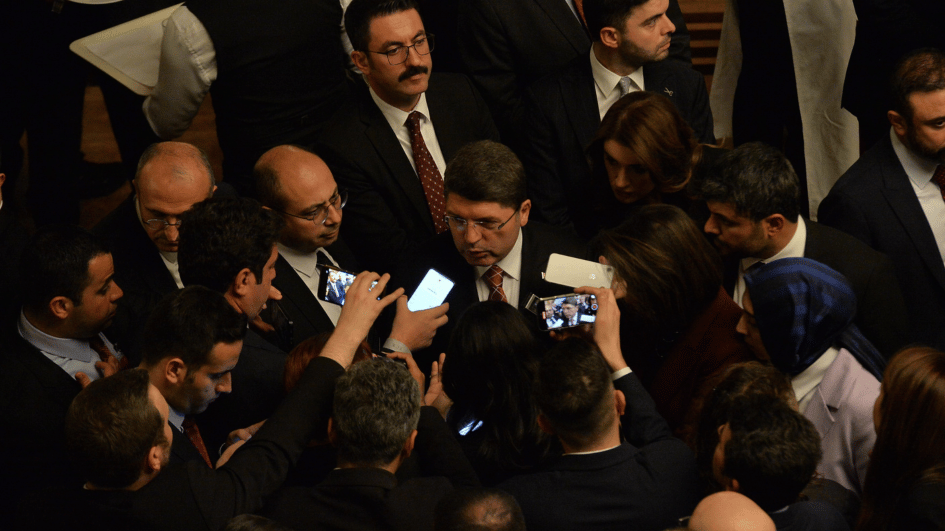Artifacts from Turkish-era still survive in Kazakhstan
ANTALYA - Anadolu Agency
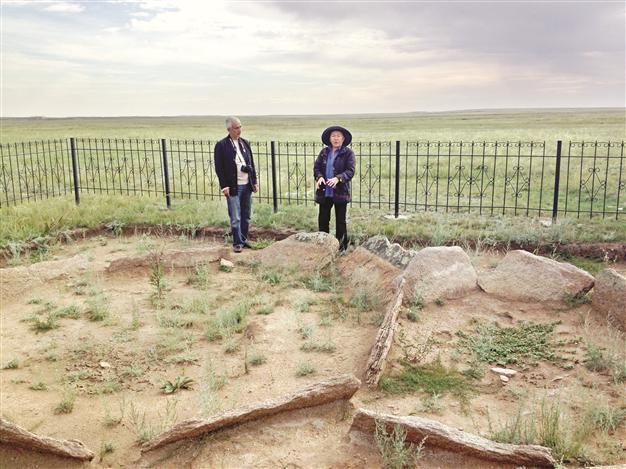
The archaeological excavations in the Kumay complex reveal the examples of cultural layers from different eras.
Historic artifacts from the Turkish era have been found during archaeological excavations carried out near the Kumay River area, 120 kilometers away from the capital city of Kazakstan, Astana. The artifacts are now being examined.According to a written statement made by the Akdeniz University, the excavations are headed by Professor Ayman Dosimbayeva at the Kumay Turkish Archaeology-Ethnography Complex, within the scope of the L.N. Gumilyov Eurasian National University’s international project.
Akdeniz University members Associate Professor Abdullah Karaçağ and Ömer Zaimoğlu are taking part in the works, supported by the Turkish International Cooperation and Development Agency (TİKA). The works started last year and are set to finish by the EXPO 2017, set to be held in Astana.
Five Turkish and 35 Kazakh scientists joined the works in the 2012-2013 season. However, because of seasonal weather conditions, works have been suspended.
Speaking about the works carried out within the scope of the project, Zaimoğlu said the Kumay River was a rich archaeological area in Buyratau National Park that reflected the cultural heritage of thousands of years.
Turkish texts on monuments
“Turkish texts written on the monuments that were erected for the memory of Bilge Kagan, Kültegin and Tonyukuk express that the welfare of the Turkish people depends on the unity of the Turkish people and Turkish land,” said Zaimoğlu.
“In the Turkish tablets on the Altay, Sayan and Tanrı mountains, we see that earth, mountain, river and other resources are blessed. With the same line, they monumentalized their hero ancestors who dedicated themselves to their land and nation. Among them the best known are Turkish monuments located in Kazakhstan’s Merke and Jaysan, and eastern Kazakhstan’s Saryarka steppe. The archaeological excavations in the Kumay complex, started and headed by Dosimbayeva, reveal the examples of cultural layers from different eras. It is seen that remains from the Bronze Age and graves in different types are good enough to shed light on all phases of an era. The excavations have revealed rich artifacts such as cairns from the early Iron Age, graves from the Middle Age and remnants of big-sized structures. They reflect the culture of each era.”
Zaimoğlu said ceremony areas and stone sculptures of Turks, which had been discovered in this area, were currently being scientifically analyzed. “The restoration and protection of monuments, and the aim for the transformation of the area into an open-air archaeology and ethnography museum, are significant efforts. As a result, Turkish artifacts around the Kumay River will survive,” he said.



